Kansai University Kaiser Project, represented by Professor Shigenori Tanaka, Faculty of Informatics, Kansai University and Technical advisor for FORUM8, held the special seminar entitled "Final report on development of the 3D CAD engine in consideration of time terms" at Kansai University Tokyo Center on December 18, 2012.
This project started in 2008 aiming to develop a three-dimensional CAD engine for multi purpose in the construction industry in Japan. Nine private companies including FORUM8 participated in the study, and multiple domestic and foreign universities cooperated with them. Through activities over four years, its specifications were completed consisting of four parts including "study report", "outline design", "master design", and "detailed design", along with verifying these specifications by developing a prototype. Based on these results, development of the 3D CAD engine in consideration of time terms was completed.
As part of the seminar positioned as its final report, Professor Thomas Froese from The University of British Columbia, Canada was invited to give a special lecture entitled "Trends in Information and Communication Technologies for Construction: Past, Present, and Future". The lecture is summarized as below.
|
|

Dr. Thomas Froese,
Professor of Engineering, Faculty of Applied Science, The University of British Columbia
|
Special lecture:
"Trends in Information and Communication Technologies for Construction: Past, Present, and Future"
Dr. Thomas Froese, Professor of Engineering, Faculty of Applied Science, The University of British Columbia
Building Information Modeling (BIM) "is a digital representation of physical and functional characteristics of a facility." As such it "serves as a shared knowledge resource for information about a facility" forming "a basis for decisions" "during lifecycle from inception onward"--
Prof. Thomas Froese showed the definition of BIM by National Building Information Model Standard Project Committee (NBIMS: USA) at the opening of his lecture. Actually however, he says that the term BIM is used very informally to mean any type of data model of construction projects in buildings.
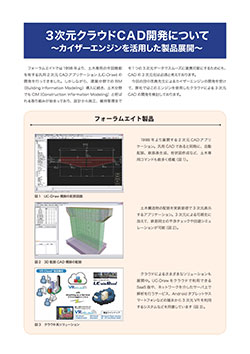 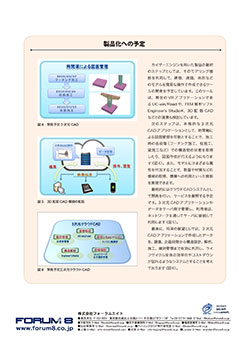
His Own Involvement with ICT and 2D CAD-based Trends
Before going to the past trends of information and communications technology (ICT), Prof. Froese talked about his own personal history, dating back to the mid 1970's as to his use of computers, and to the early 1980's as to engineering software. After developing a simple 3D CAD engine by 1986 and starting data modeling around 1990, he had been working on multiple activities in developing data standards through most of 1990's and 2000's.
He discussed that the actual trends of adopting technologies in the field of 2D CAD can be a useful comparative model in considering that of 3D CAD. Showing D. Neeley's technology adoption curves of 2D CAD by architects and engineers, he explained the history of how its adoption attained almost complete use in the whole industry over about 15 years from 1982 to 1997, and efforts of technology development prior to market adoption that continued for a long time. He also mentioned early CAD technologies after 1950's and the history of developing commercial CAD.
In addition, as the trends of data modeling technologies that preceded other BIMs he explained the process of how the object-oriented data models became spread and its advantages. As another important trend that leads to BIM, he referred to efforts to develop international data exchange standards such as IGES, DXF, and SXF.
Technology Development and Standardization of BIM
Subsequently, Prof. Froese compared the adoption curve of BIM technology with that of the above-mentioned 2D CAD. According to him, BIM, which had started to be adopted at the beginning of 2000's, attained high adoption rate in the market within much shorter time than 2D CAD.
Technology development prior to this includes early development of solid modeling in 1970's, 3D CAD technologies and early commercial software of BIM after the mid 1980's, and spread of BIM software since late 1990's till early 2000's. He presented how the term BIM became popular since 2002.
From the aspects of building models and data standards, he focused on STEP, which had started its activity in 1983 and released its first outcome in 1994. In relation to building construction, various studies and projects were started aiming to establish data exchange standards based on STEP technology. While many of them failed to be completed, a STEP standard was published in 1999 for building components in geometry.
With such movement, IAI was established in 1994 as an independent international organization to promote development of IFC, specifications for neutral and open CAD data models. He explained the fact that diverse IFC standards have been released since 1997, the purpose and background of why they were required, their involvement with STEP, progressing process, and expanding efforts in each nation. After showing some project case studies using IFC, he stated that a number of different challenges that emerged during the course of developing IFC. He also mentioned how they led to the change of name into buildingSMART in 2005, new focuses, and recent activities and results.
Current Status of BIM and New Movement
Prof. Froese summarized the current status of BIM based on the surveys on recognition of BIM and if it is used or not conducted in recent years in UK, New Zealand and Canada. For example, among the subject of the survey in UK, the percentage of those who "do not know BIM" decreased to half from around 40% in 2010 to around 20% in 2011. Also in UK and New Zealand, while around 40% of the respondents are "currently using BIM" as of 2012, most respondents "will use BIM" in two to three years as to their future use of BIM. As to the purpose of using BIM, the survey proved that more than 80% "produce visualization" and nearly half "automatically generate schedule" and so on.
Subsequently, as a recent case of using BIM, he moved to a hospital project in California, USA. He outlined the project that was an advanced case in many points, and explained functionalities of BIM used there with their results. For example, they had to be involved in many different hospital projects at all the same time under new earthquake standards. In addition, it was required to support several approaches such as BIM and IPD (Integrated Project Delivery) or Lean Construction.
On the other hand, he pointed out that recently the focus has been shifting from the technology or data standards of BIM models to the process of BIM, that is, how to use these new technologies. BIM usage guidelines and standards have been prepared for this in each nation.
Further, the concept of interoperability was put into the vision of IFC from the beginning. However, BIM models actually used are independent of each other. He listed some problems caused by this, including that though BIM models are utilized in communication scenes, the level of data exchange is still limited because of plenty of restrictions.
Future BIM Trends
While adoption of BIM has been increasing, there are also limited and difficult aspects about it. From these different points of view, Prof. Froese focuses on "Bew-Richards BIM Maturity Model" developed in UK, which considers technology and adoption of BIM in four levels of level 0 (Flat CAD), 1(2D-3D CAD), 2(BIM), and 3(iBIM). Combining this model with the adoption curves mentioned above, he summarized technologies adopted on each level. According to him, the current status is located where the Level 2 fits with about 30% of BIM usage rate, and that the adoption curve for integrated BIM (iBIM) on Level 3 has not started yet.
Then what will become of BIM in the future? Based on iBIM derived from
BIM standards in UK, he drew the following picture.
1) Multiple discipline-based BIMs,
2) "Master" version of most data will remain in its original
software application,
3) Specific, managed data exchange transfers,
4) Exported BIM models shared to communicate results, not to provide shared access to master data
5) Messaging to notify team of updates, request changes, etc.
Saying that it is even more difficult to predict when such technologies
will be realized, he assumed that most of the technologies related to BIM
on Level 3 are available in pilot projects. He estimates that market adoption
of much more integrated BIM should be starting very soon and expects typical
technology adoption levels for Level 3 BIM to be attained as well.
(Written by Takashi Ikeno)
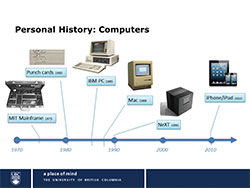 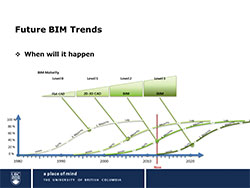 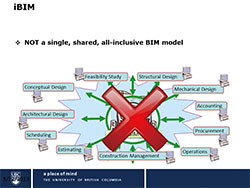 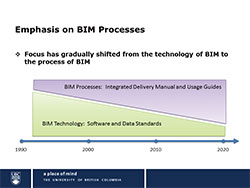 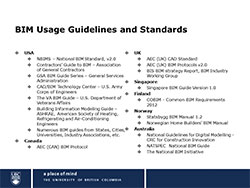 
|